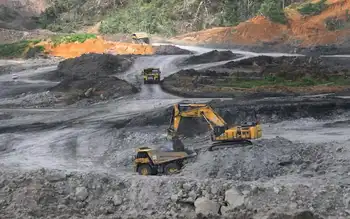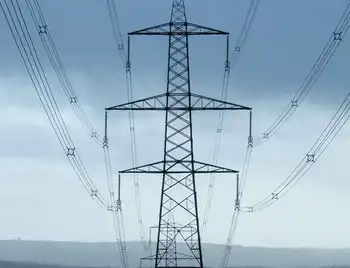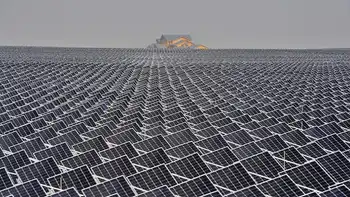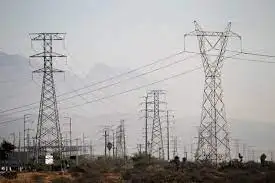Energy Ministry may lower coal production target as Chinese demand falls

Substation Relay Protection Training
Our customized live online or in‑person group training can be delivered to your staff at your location.

- Live Online
- 12 hours Instructor-led
- Group Training Available
Indonesia Coal Production Cuts reflect weaker China demand, COVID-19 impacts, falling HBA reference prices, and DMO sales to PLN, pressuring thermal coal output, miner budgets, and investment plans under the 2020 RKAB.
Key Points
Planned 2020 coal output reductions from China demand slump, lower HBA prices, and DMO constraints impacting miners.
✅ China demand drop reduces exports and thermal coal shipments.
✅ HBA reference price decline pressures margins and cash flow.
✅ DMO sales to PLN limit revenue; investment plans may slow.
The Energy and Mineral Resources (ESDM) Ministry is considering lowering the coal production target this year as demand from China has shown a significant decline, with China power demand drops reported, since the start of the outbreak of the novel coronavirus in the country late last year, a senior ministry official has said.
The ministry’s coal and mineral director general Bambang Gatot Ariyono said in Jakarta on March 12 that the decline in the demand had also caused a sharp drop in coal prices on the world market, and China's plan to reduce coal power has further weighed on sentiment, which could cause the country’s miners to reduce their production.
The 2020 minerals and coal mining program and budget (RKAB) has set a current production goal of 550 million tons of coal, a 10 percent increase from last year’s target. As of March 6, 94.7 million tons of coal had been mined in the country in the year.
“With the existing demand, revision to this year’s production is almost certain,” he said, adding that the drop in demand had also caused a decline in coal prices.
Indonesia’s thermal coal reference price (HBA) fell by 26 percent year-on-year to US$67.08 per metric ton in March, according to a Standards & Poor press release on March 5. At home, the coal price is also unattractive for local producers. Under the domestic market obligation (DMO) policy, miners are required to sell a quarter of their production to state-owned electricity company PLN at a government-set price, even as imported coal volumes rise in some markets. This year’s coal reference price is $70 per metric ton, far below the internal prices before the coronavirus outbreak hit China.
The ministry’s expert staff member Irwandy Arif said China had reduced its coal demand by 200,000 tons so far, as six of its coal-fired power plants had suspended operation due to the significant drop in electricity demand. Many factories in the country were closed as the government tried to halt the spread of the new coronavirus, which caused the decline in energy demand and created electric power woes for international supply chains.
“At present, all mines in Indonesia are still operating normally, while India is rationing coal supplies amid surging electricity demand. But we have to see what will happen in June,” he said.
The ministry predicted that the low demand would also result in a decline in coal mining investment, as clean energy investment has slipped across many developing nations.
The ministry set a $7.6 billion investment target for the mining sector this year, up from $6.17 billion last year, even as Israel reduces coal use in its power sector, which may influence regional demand. The year’s total investment realization was $192 million as of March 6, or around 2.5 percent of the annual target.











